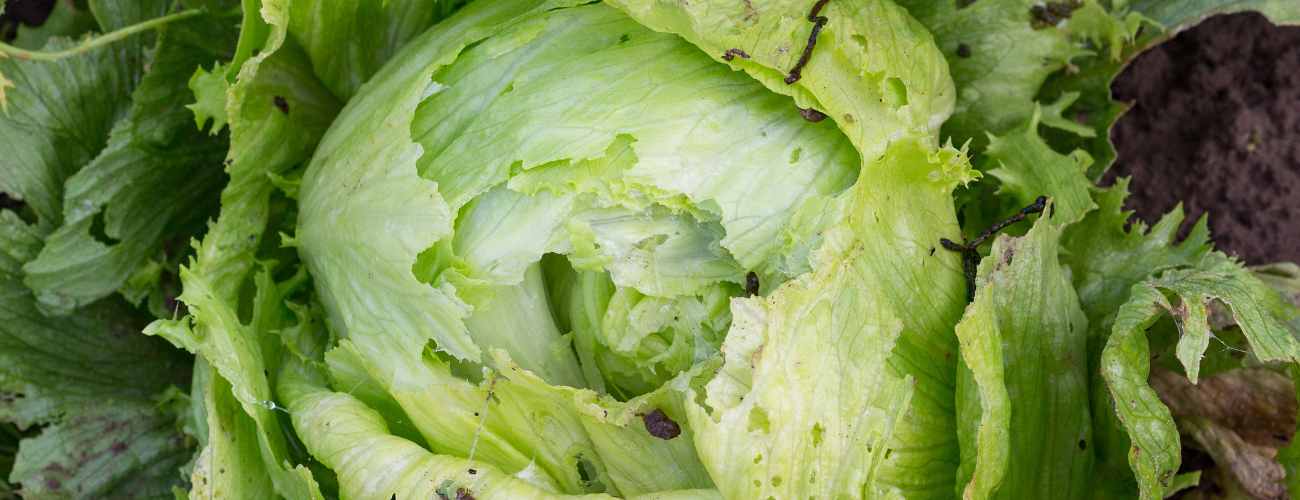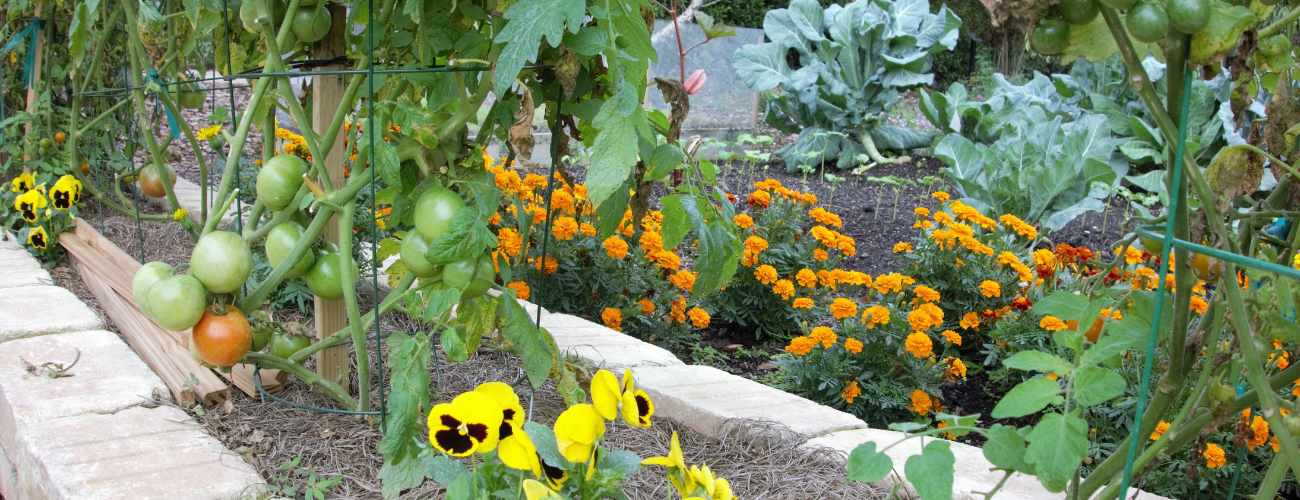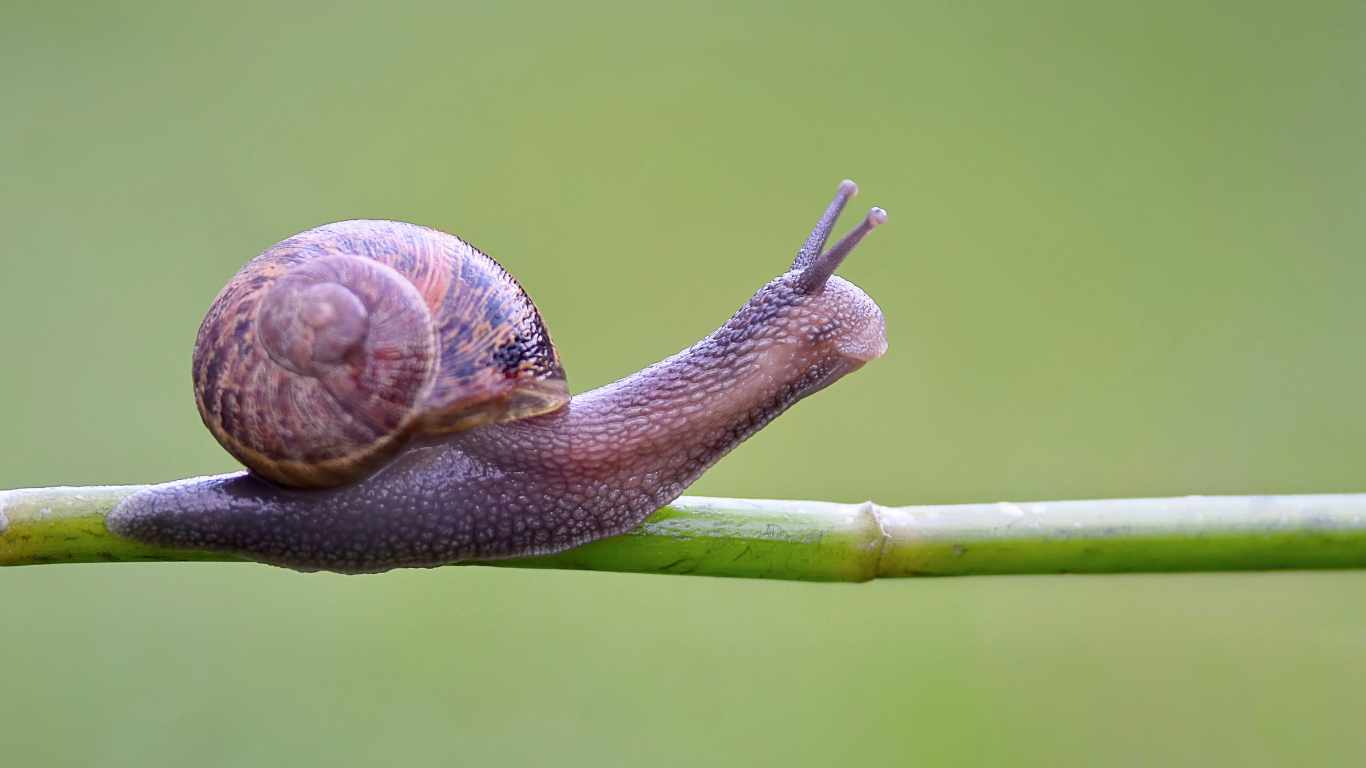In a world where the pace of life can feel relentless, I find solace in leading a self-sufficient and sustainable lifestyle closer to nature. Welcome to Your Nature Shaker, a trusted resource for individuals like you seeking to control what they consume and how they live.
I wholeheartedly believe that we’re not just improving our well-being by embracing a more self-sufficient lifestyle. Still, we’re also shaping a brighter, healthier future for ourselves and the following generations.
Today, I want to delve into a critical aspect of this journey – pest control. But here’s the twist: I’m all about doing it naturally. This blog isn’t just about keeping your garden free of unwanted guests; it’s about doing so while staying true to our commitment to organic and sustainable living.
So, suppose you’re ready to explore eco-friendly solutions and harness the power of nature to protect yourself and your environment. In that case, you’re in the right place. Let’s embark on this adventure together, one sustainable step at a time.
Step 1: Know Your Enemy
In the battle against garden pests, knowledge is your first line of defence. Before jumping into pest-busting strategies, getting acquainted with your adversaries is crucial. After all, how can you protect your garden if you don’t know who you’re up against?
Identifying Garden Pests in the UK
Here in the UK, our gardens host diverse garden pests. Some of the usual suspects include slugs, aphids, snails, and the dreaded vine weevil. Each critter has its own modus operandi for munching on your precious plants.
The Damage They Cause
Understanding the havoc these pests wreak is vital. Slugs leave behind slime trails as they chew through tender leaves, while aphids suck plant juices, causing leaves to curl and turn yellow. With their voracious appetites, Snails can decimate delicate seedlings in no time, and vine weevils target the roots, weakening plants from the ground up.
Signs of Pest Infestations
Spotting the signs of a pest invasion early can make all the difference. Keep an eye out for wilting leaves, holes, chewed edges, or sticky residue on plants. Checking your garden regularly will help you detect these symptoms before they escalate.
Now that you’re well-acquainted with the miscreants lurking in your garden, it’s time to move on to the next step.

Step 2: Choose Pest-Resistant Plants
Now that we’ve identified our garden pests, it’s time to build a fortress of resilient plants. In this step, we’ll explore the power of plant choice in deterring pests and keeping your garden in top shape.
The Wisdom of Pest-Resistant Plants
Imagine having a garden where pests tiptoe around your plants, afraid to take a single nibble. Pest-resistant plants can make this dream a reality. These varieties have evolved their natural defences against common garden pests, making them less appealing targets.
Top Pest-Resistant Plant Varieties in the UK
For UK gardeners, there’s a treasure trove of pest-resistant plants. Some stellar options include marigolds, nasturtiums, lavender, and rosemary. These plants fend off pests and add beauty and fragrance to your garden.
Where to Find Pest-resistant Plants
Now, you might be wondering where to get your hands on these garden superheroes. Local nurseries, garden centres, and online plant shops are excellent sources. When shopping, look for plants labelled as pest-resistant or consult knowledgeable staff for recommendations.
By planting these hardy defenders in your garden, you’re taking a proactive step in pest prevention. But our journey doesn’t stop here. In the next step, we’ll delve into the magic of maintaining healthy soil to create an environment where pests struggle to gain a foothold.
Step 3: Maintain Healthy Soil
The secret weapon for a thriving garden and natural pest prevention is healthy soil. In this step, we’ll unearth soil’s vital role in your garden’s ecosystem and how you can foster soil health.
The Soil-Pest Connection
Believe it or not, the health of your soil is intertwined with pest prevention. Soil teeming with life and nutrients supports strong, resilient plants that can withstand pest attacks more effectively. It’s all about creating an environment where pests find it hard to gain a foothold.
Start with Soil Testing
Before diving into soil improvement, knowing where your soil stands is wise. Soil testing kits, readily available at garden centres, can help you determine pH levels and nutrient deficiencies. The UK’s varied soil types mean you’ll want to tailor your approach accordingly.
Organic Soil Amendments
To boost soil health, consider enriching it with organic matter. Compost, well-rotted manure, and leaf mould are excellent choices. These amendments enhance soil structure, improve water retention, and provide essential nutrients to your plants.
Step 4: Companion Planting
In this step, we’ll explore the art of companion planting. This clever strategy involves pairing plants for mutual benefit, including natural pest deterrence.
The Wisdom of Garden Companions
Companion planting is like inviting the right guests to your garden party. Some plants have a knack for repelling or confusing pests. In contrast, others attract beneficial insects that protect your garden. It’s a win-win strategy for your plants and biodiversity.
Examples of Pest-Repelling Combinations
You can create your own pest-resistant coalition in the UK by strategically placing plants. For instance, planting aromatic herbs like basil near tomatoes can deter aphids. Marigolds are excellent companions for many crops, as they repel nematodes and whiteflies. The pungent scent of garlic or chives can scare pests away from your roses.
The Science Behind Companion Planting
Understanding the science behind these alliances can deepen your appreciation for the power of companion planting. Some plants emit natural chemicals that disrupt pests’ abilities to locate their host plants. In contrast, others release compounds that attract beneficial insects. By crafting your garden with companion planting in mind, you’re weaving a tapestry of natural defences against pests.

Step 5: Attract Beneficial Insects
Gardens are bustling ecosystems, and in this step, we’ll learn how to harness the power of nature’s helpers – beneficial insects. These tiny allies can be your garden’s best defence against pests; attracting them is easier than you might think.
The Heroes of Your Garden
Beneficial insects are nature’s pest controllers. In the UK, we’re fortunate to have a range of these heroes, including ladybugs, lacewings, and hoverflies. They’re on a mission to feast on aphids, caterpillars, and other garden nuisances.
How to Attract Beneficial Insects
You can take a few simple steps to lure these tiny warriors to your garden. Cultivate a wide selection of blossoms that offer nectar and pollen, serving as sustenance for the well-being of beneficial insects. Some great options include lavender, cosmos, and yarrow. Also, avoid using pesticides, which can harm pests and beneficial insects.
Habitat for Heroes
Cultivate various blooms that offer nectar and pollen, nourishing valuable insect allies. Beneficial insects need water for survival. You can add insect hotels or create brush piles, offering them shelter and nesting spots.
Step 6: Proper Watering Techniques
Water is life; in your garden, it’s a vital resource that can either aid or hinder your pest prevention efforts. In this step, we’ll dive into watering techniques and how they can affect your garden’s pest resilience.
The Balance of Watering
The right amount of water is essential for plant health, but too much or too little can lead to pest problems. Overwatering, in particular, creates conditions that attract pests like slugs and snails. Waterlogged soil can also weaken plant roots, making them more susceptible to attack.
Guidelines for Effective Watering
To strike the perfect balance, consider these guidelines:
- Water at the Base: Aim your watering efforts at the base of plants, avoiding wetting the foliage. Moist leaves are an open invitation to fungal diseases and pests.
- Morning Watering: Water in the morning when the sun is less intense. This allows excess moisture to evaporate, reducing the risk of fungal issues.
- Use Mulch: Applying a layer of mulch around plants helps retain soil moisture, reducing the need for frequent watering.
- Check Soil Moisture: Before reaching for the watering can, check the soil’s moisture level with your finger. Hold off on watering if it’s still moist a couple of inches below the surface.
Step 7: Use Natural Pest Deterrents
In our quest for a pest-free garden, we’ve reached a step where nature provides various effective deterrents. Say goodbye to harsh chemicals and embrace eco-friendly solutions that keep pests at bay while preserving the health of your garden ecosystem.
The Power of Natural Remedies
Natural pest deterrents are safe for your plants and the environment and surprisingly potent. Here are a few examples:
- Neem Oil: This natural oil derived from the neem tree disrupts the feeding and reproduction of many garden pests. Mix it with water and a drop of dish soap, then spray it on your plants to deter aphids, spider mites, and more.
- Garlic Spray: Crushed garlic cloves infused in water can make a powerful repellent against various pests, from aphids to slugs. A garlic spray is easy to make and use.
- Diatomaceous Earth: This powdered sedimentary rock contains microscopic, sharp-edged particles that pierce the exoskeletons of pests, dehydrating and killing them. It’s particularly effective against crawling insects.

How to Apply Natural Remedies
When using natural remedies, it’s important to follow instructions carefully. Apply them in the early morning or late evening to avoid harming beneficial insects. Regular and consistent application can help deter pests and protect your plants.
Conclusion
Congratulations, fellow gardeners! We’ve journeyed through seven essential steps to fortify our gardens against pests the natural way. By now, you’re armed with knowledge and strategies to create a thriving, pest-resistant haven for your beloved plants.
So, before you embark on your next gardening adventure, remember the wisdom you’ve gained here. Share your successes and challenges in the comments, and let’s continue to grow and learn together.



